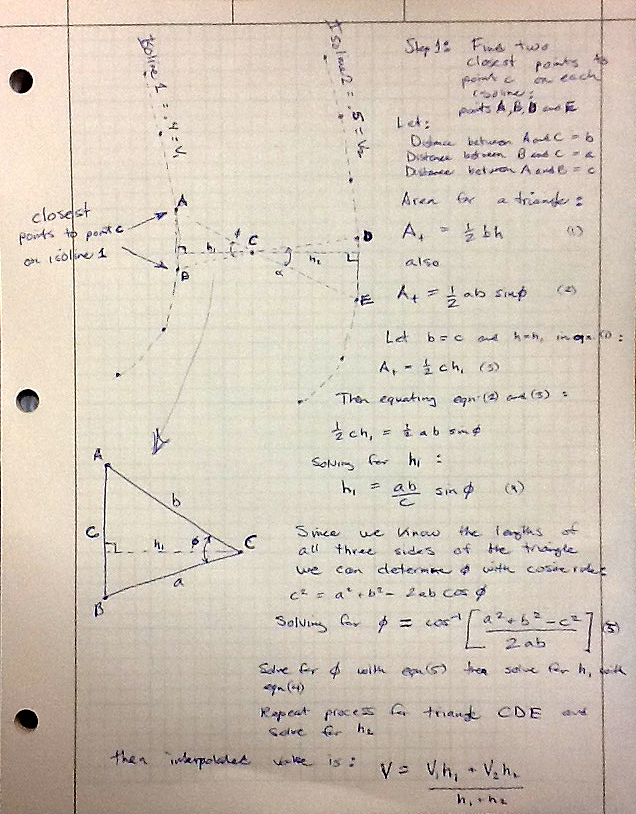-
3
- #1
medeek
Structural
- Mar 16, 2013
- 1,104
Finally finished up the snow load calculator. Moved it to this page:
http://design.medeek.com/resources/snow/snow_calculator.pl
Give it a whirl and let me know what you think.
I wish there was an easy way to calculate the ground snow loads for a given location but unfortunately there is not.
http://design.medeek.com/resources/snow/snow_calculator.pl
Give it a whirl and let me know what you think.
I wish there was an easy way to calculate the ground snow loads for a given location but unfortunately there is not.

